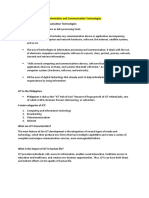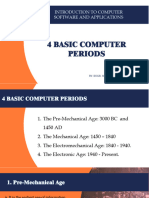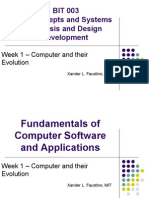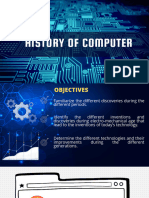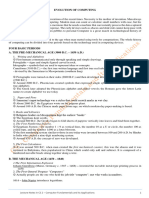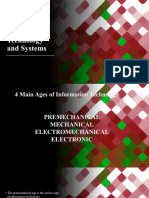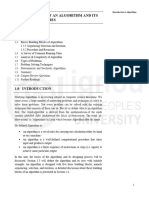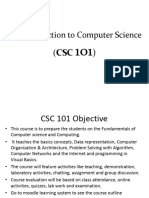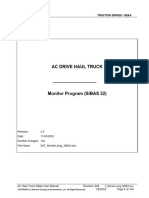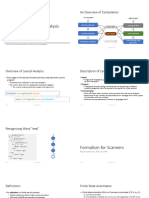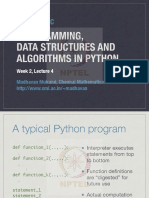0% found this document useful (0 votes)
533 views17 pagesCSC 101 Lecture Notes
The document outlines a computer science course on introduction to computer systems. It discusses the module structure, examinations, objectives, and lectures. The module will be taught over several lectures covering topics like the history of information technology and evolution of computers. It will include tests, assignments, and class discussions. The objectives are for students to understand information systems, their components and advantages, as well as the generations of computers. Lectures will include slides, discussions and readings to prepare students for exams.
Uploaded by
anas abdullahiCopyright
© © All Rights Reserved
We take content rights seriously. If you suspect this is your content, claim it here.
Available Formats
Download as PPTX, PDF, TXT or read online on Scribd
0% found this document useful (0 votes)
533 views17 pagesCSC 101 Lecture Notes
The document outlines a computer science course on introduction to computer systems. It discusses the module structure, examinations, objectives, and lectures. The module will be taught over several lectures covering topics like the history of information technology and evolution of computers. It will include tests, assignments, and class discussions. The objectives are for students to understand information systems, their components and advantages, as well as the generations of computers. Lectures will include slides, discussions and readings to prepare students for exams.
Uploaded by
anas abdullahiCopyright
© © All Rights Reserved
We take content rights seriously. If you suspect this is your content, claim it here.
Available Formats
Download as PPTX, PDF, TXT or read online on Scribd
/ 17









